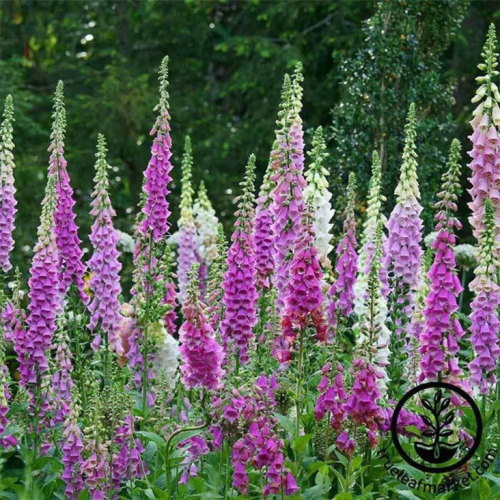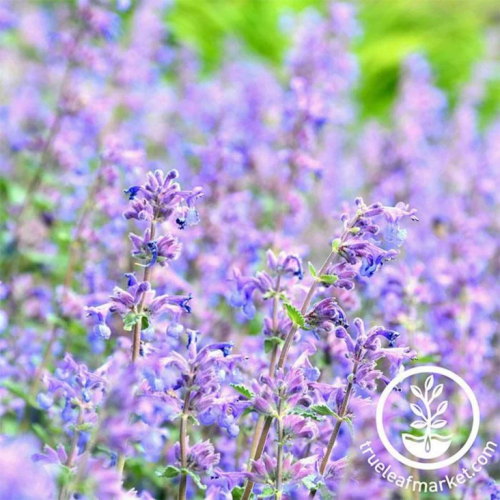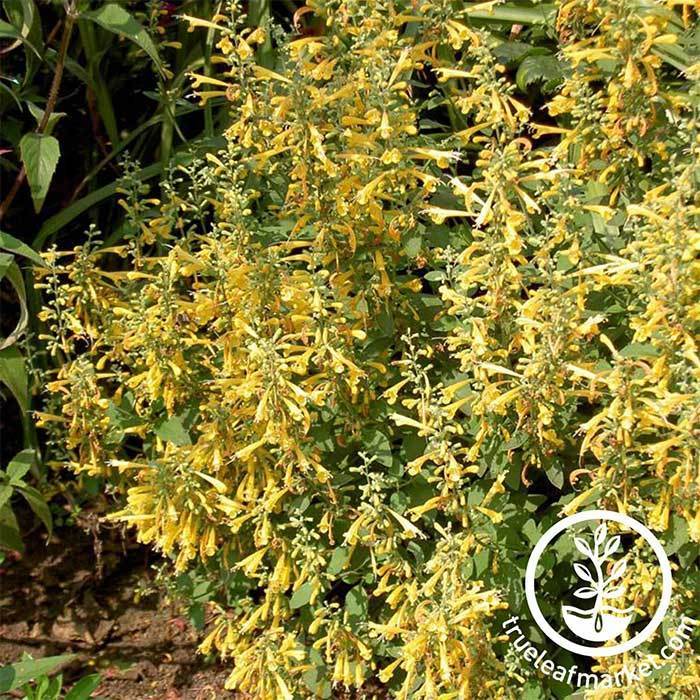7 perennials to plant in May – you can grow them from seed this month to save money and enjoy glorious flowering displays for years to come
Our top picks, plus sowing tips from an experienced horticulturist
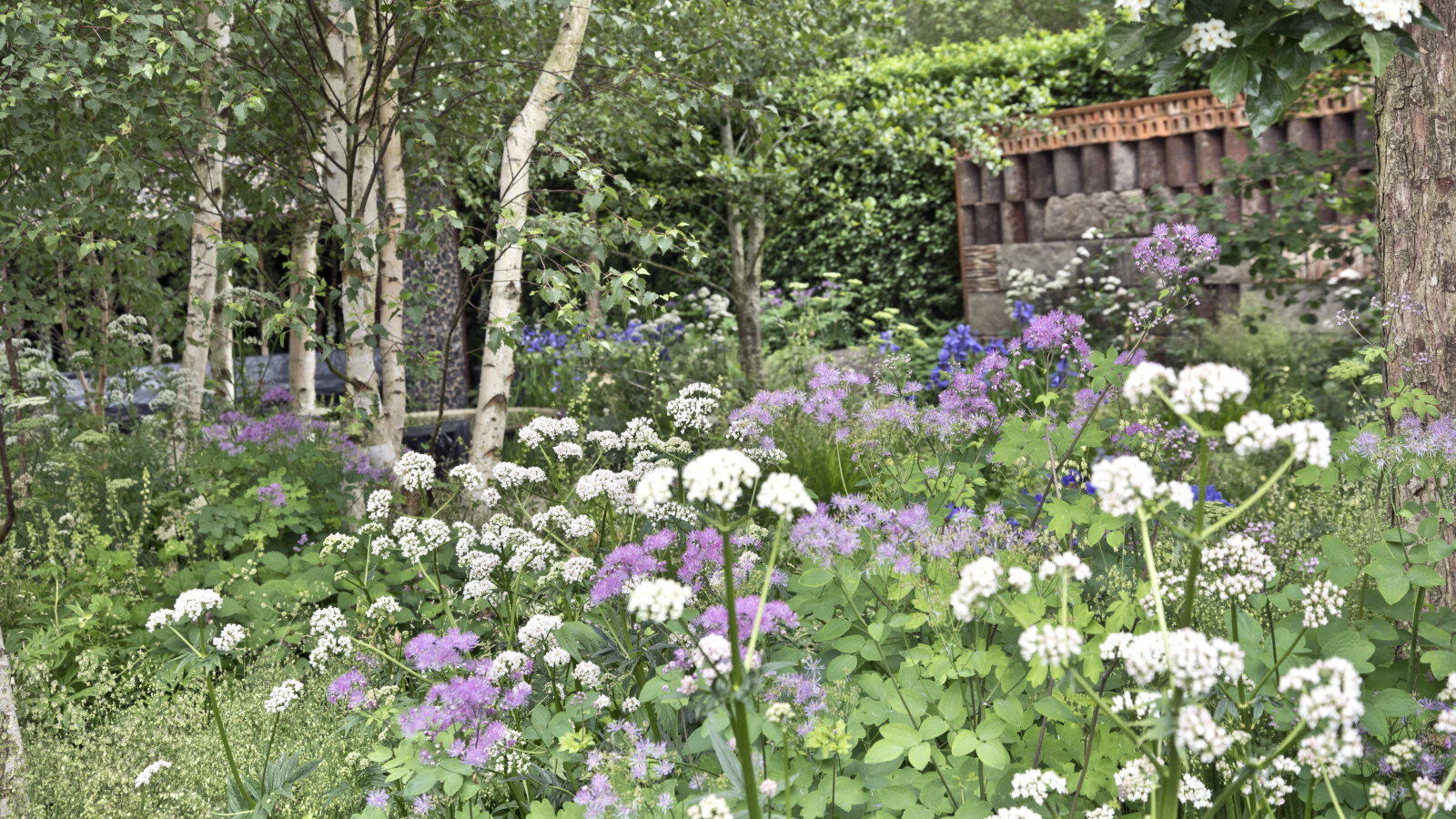
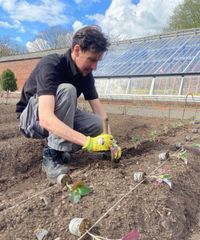
May is a fantastic time to add plants to flower beds and containers for bright flowering displays. While many gardeners will head to the garden center to pick up some ready-to-go plants, the most cost-effective route can be to grow perennials from seed.
Luckily, May can be a good time to sow perennials. For the price of some seeds, compost, and a bit of time and patience, the reward is gorgeous displays of flowers for years to come.
If you want to discover a budget-friendly way to develop stunning flower beds rich in color and teeming with wildlife, this guide highlights some of the best perennials to plant in May to get lots of plants for your garden.
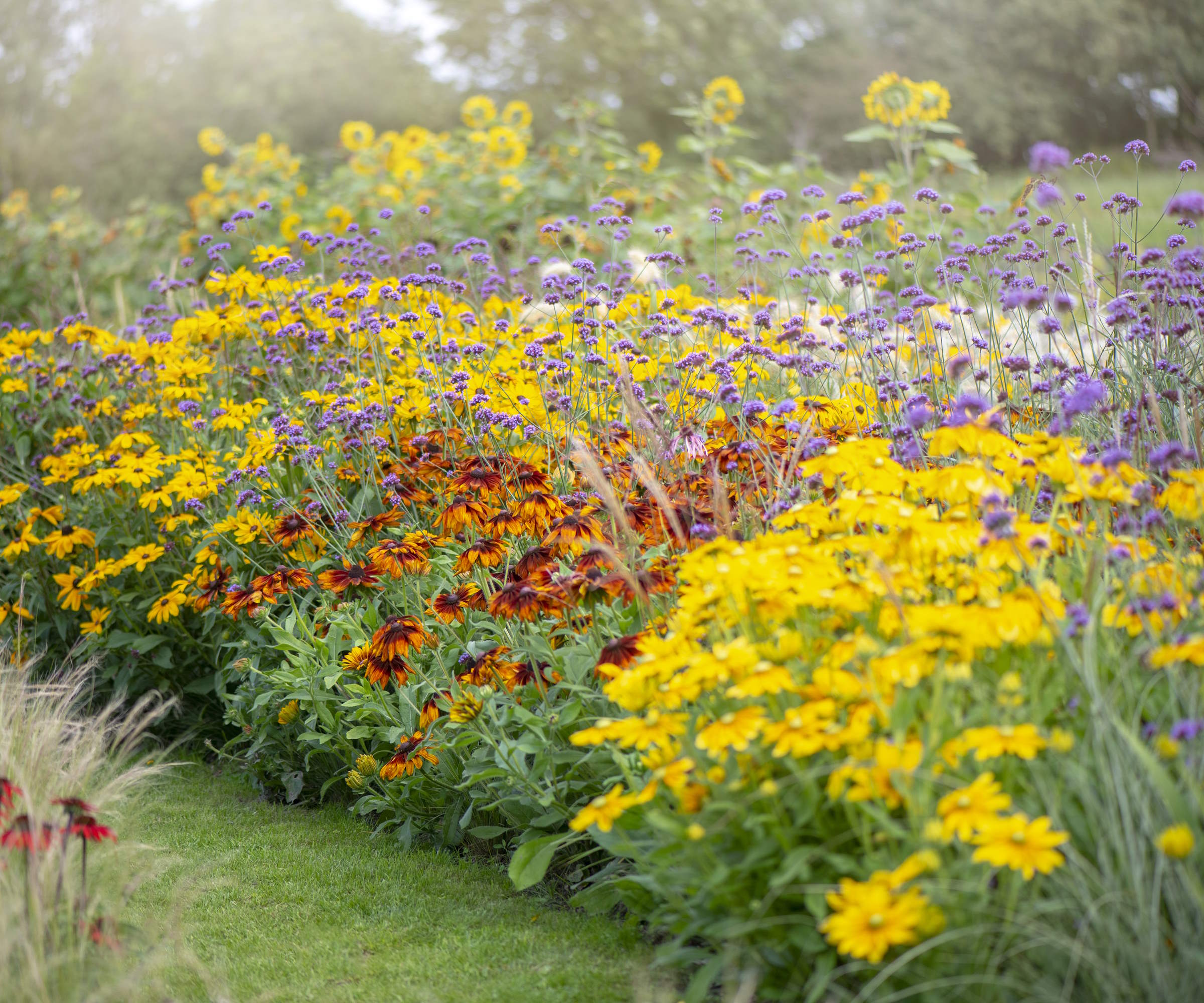
7 perennials to plant in May
Adding any of the following perennials to flower beds and borders can bring long-lasting color, texture and beauty to your garden, and attract lots of pollinators and beneficial insects.
1. Agastache
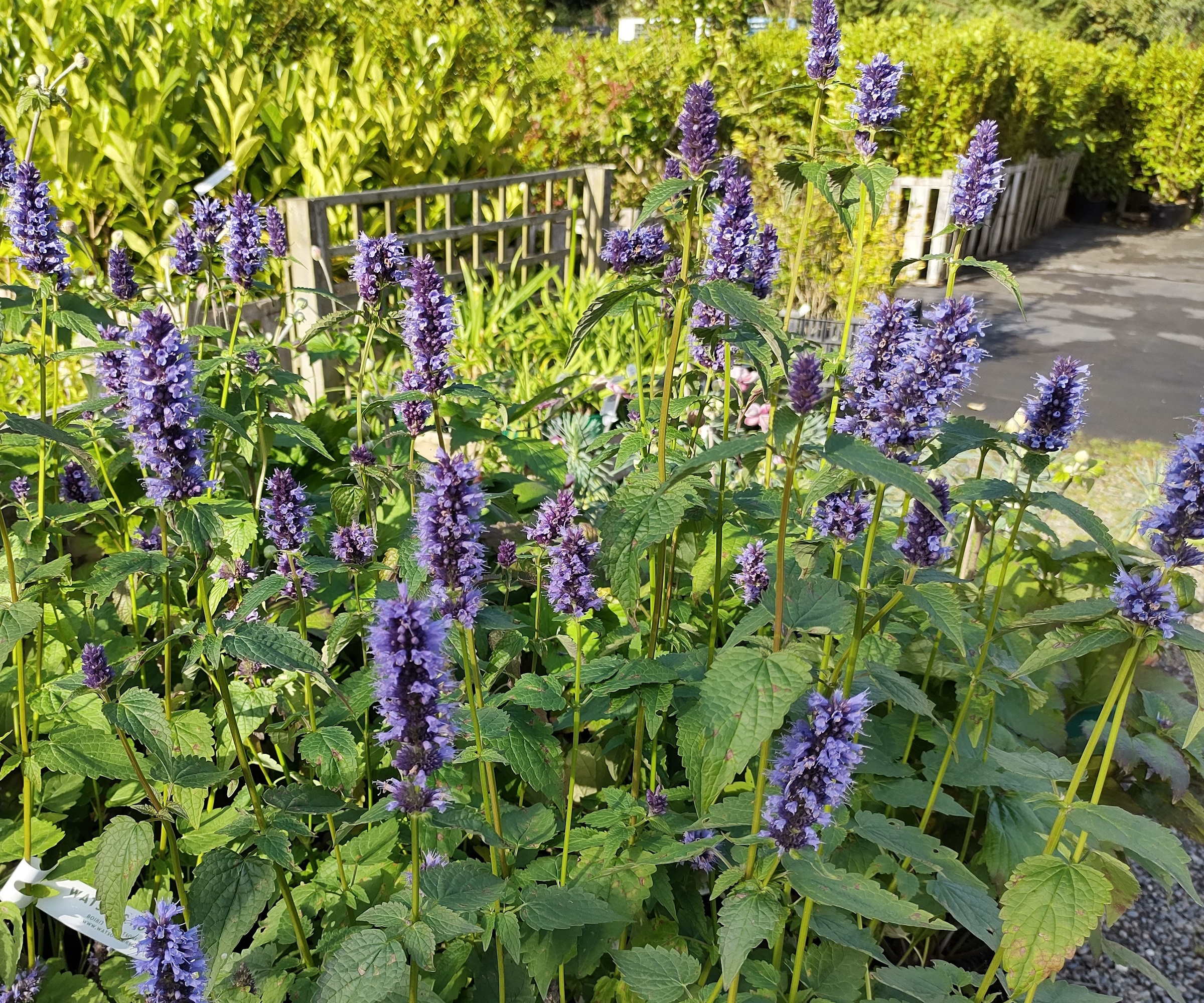
Agastache, known as anise hyssop, is a mound-forming aromatic perennial with spikes of flowers that attract hummingbirds and soft, scented foliage.
It is in the mint family and incredibly low-maintenance, including being drought-tolerant and needing little watering, feeding, or deadheading through the season.
The seeds can be directly sown into the growing position after the frosts have ended, but agastache tends to do better sown undercover. Press the seeds into pots filled with seed compost, but do not cover as light is essential for germination.
Design expertise in your inbox – from inspiring decorating ideas and beautiful celebrity homes to practical gardening advice and shopping round-ups.
The seeds should germinate quickly at temperatures of 60-65°F and plants can be added to flower beds or borders next month for years of highly scented leaves and flowers that pollinators adore.
2. Black-eyed Susan
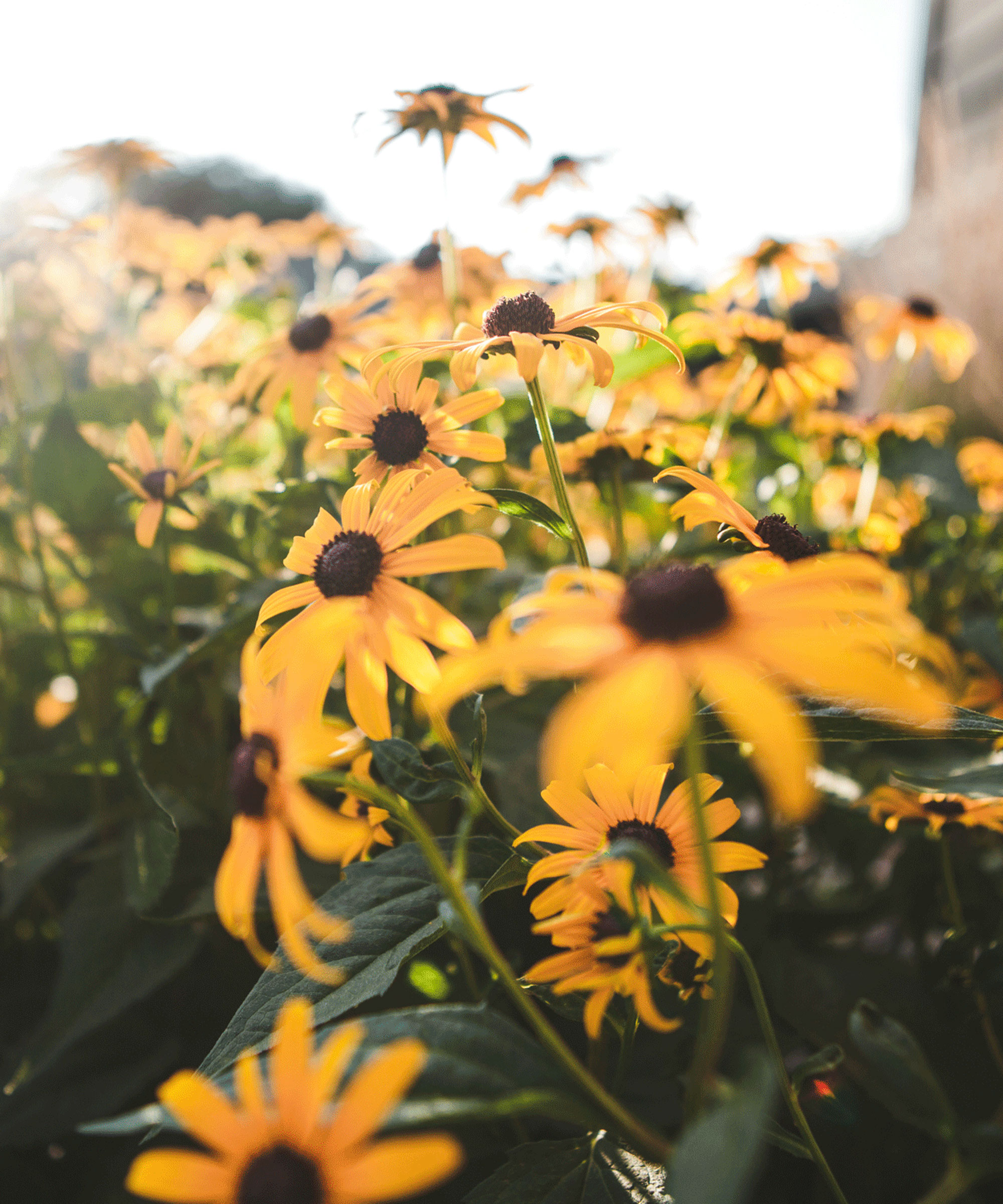
Black-eyed Susans, so named for the dark center of their daisy-like blooms, are US native wildflowers hardy in US hardiness zones 3-11 and a great selection for a wildlife garden. Most gardeners will think of the classic yellow black-eyed Susans, but you can get unique varieties in green, red, or multicolored shades.
You can plant black-eyed Susan seeds in spring indoors, or sow them directly into the garden once the soil temperatures are around 70°F, which can be in May in many locations.
Scatter the seeds, or sow in rows 12 inches apart, and cover with a thin layer of soil. Keep the ground moist for good germination and thin seedlings to 12-30 inches apart, depending on the final size of the plant.
Discover the range of Black-eyed Susan seeds at Amazon
Discover the range of Black-eyed Susan seeds at Walmart
Discover the range of Black-eyed Susan seeds at True Leaf Market
3. Catmint
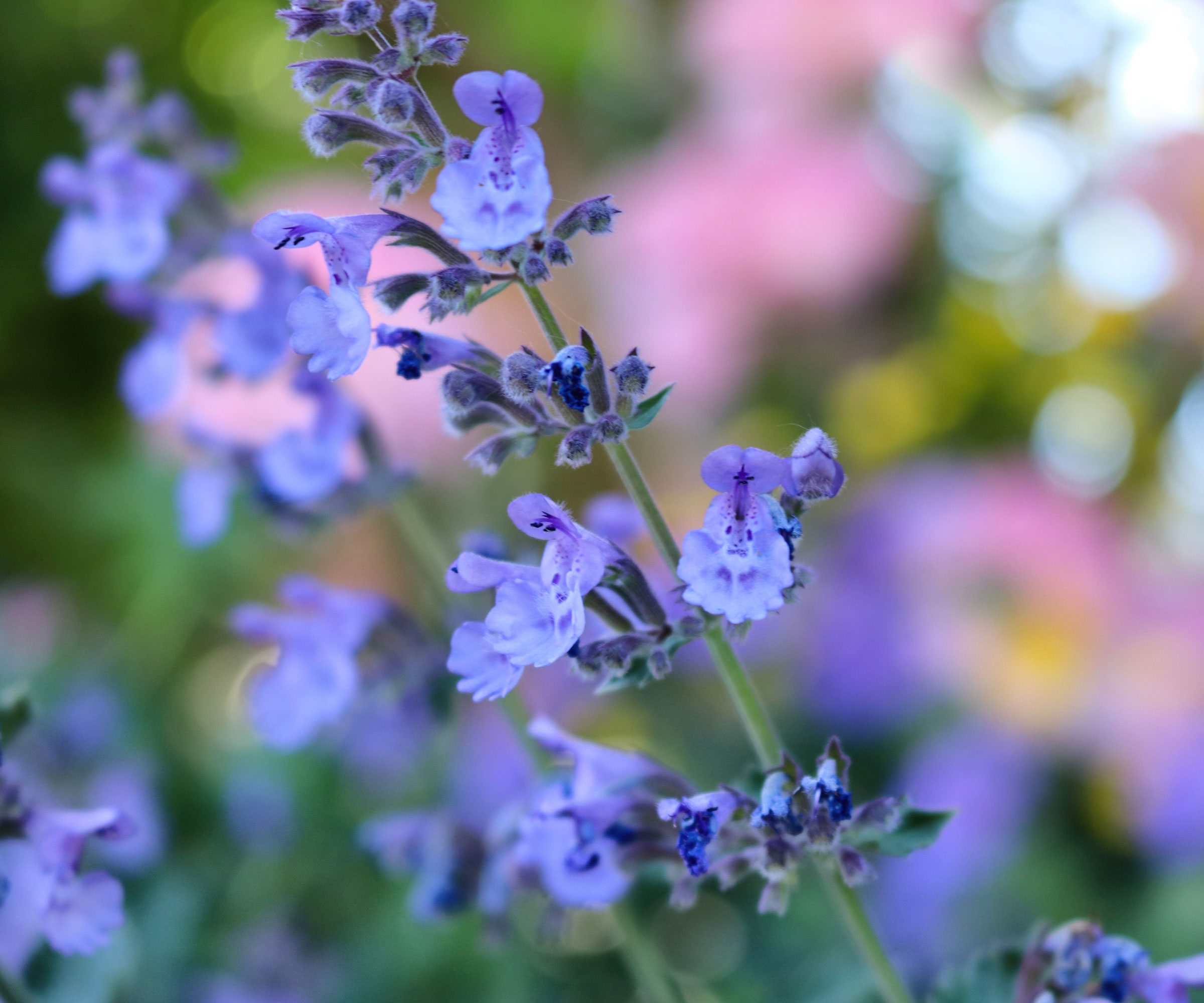
Catmint, also known as nepeta, is an aromatic perennial plant and one of the longest-flowering perennials you can plant. With the right care, you can enjoy those fragrant lilac blooms from spring to fall. If you prune catmint after the first flowers and remove spent blooms, this encourages lots more later in the season.
Catmint seeds can be sown directly into their growing position in May, which should be a spot in full sun with well-draining soil. Sow the seeds a quarter-inch deep into a prepared, moist seedbed and cover only lightly with soil. Keep the soil moist and thin plants to 12 inches apart when they are a few inches tall.
If you have a smaller space, you can grow catmint in pots to enjoy the silver-green foliage and lilac blooms, which are loved by bees and butterflies.
4. Foxglove
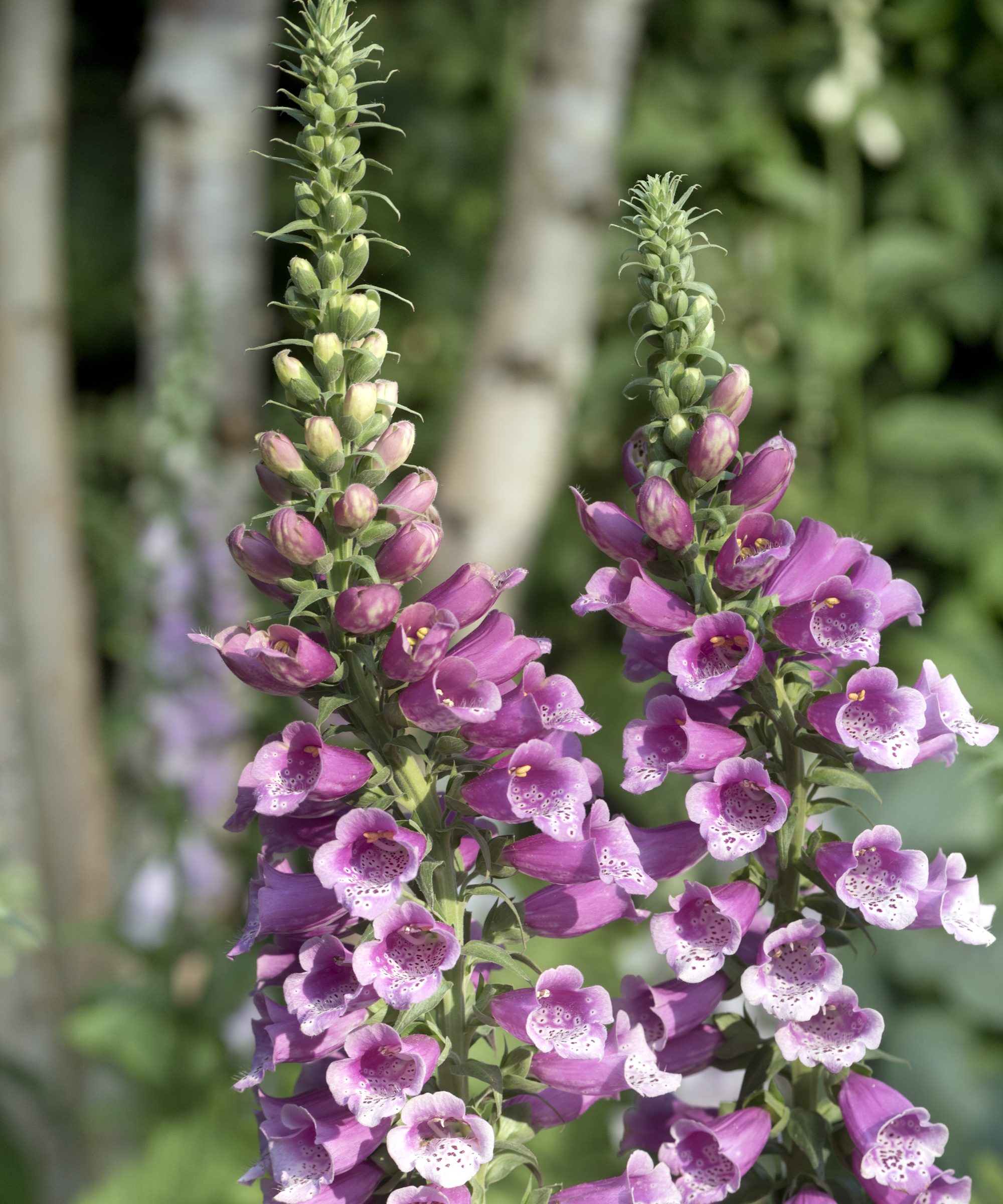
Foxgloves are biennials or short-lived perennials that impress with their tall flower spikes in early summer. Even biennial foxglove varieties will self-seed freely and reappear so much that you’ll think they are perennial.
Foxgloves can be sown indoors or outdoors in May. To sow seeds indoors, sprinkle the fine seed onto the surface of pots or modules filled with seed compost. Place them somewhere warm and bright with temperatures of 64-75°F and, after germinating, maintain them to plant out in fall.
The alternative way to grow foxgloves is to thinly sow the seeds where they are to flower in May. Cover them only very thinly and keep the soil moist. Thin seedlings when they are a few inches tall to give them space to mature, and they’ll start flowering next year.
5. Gaillardia
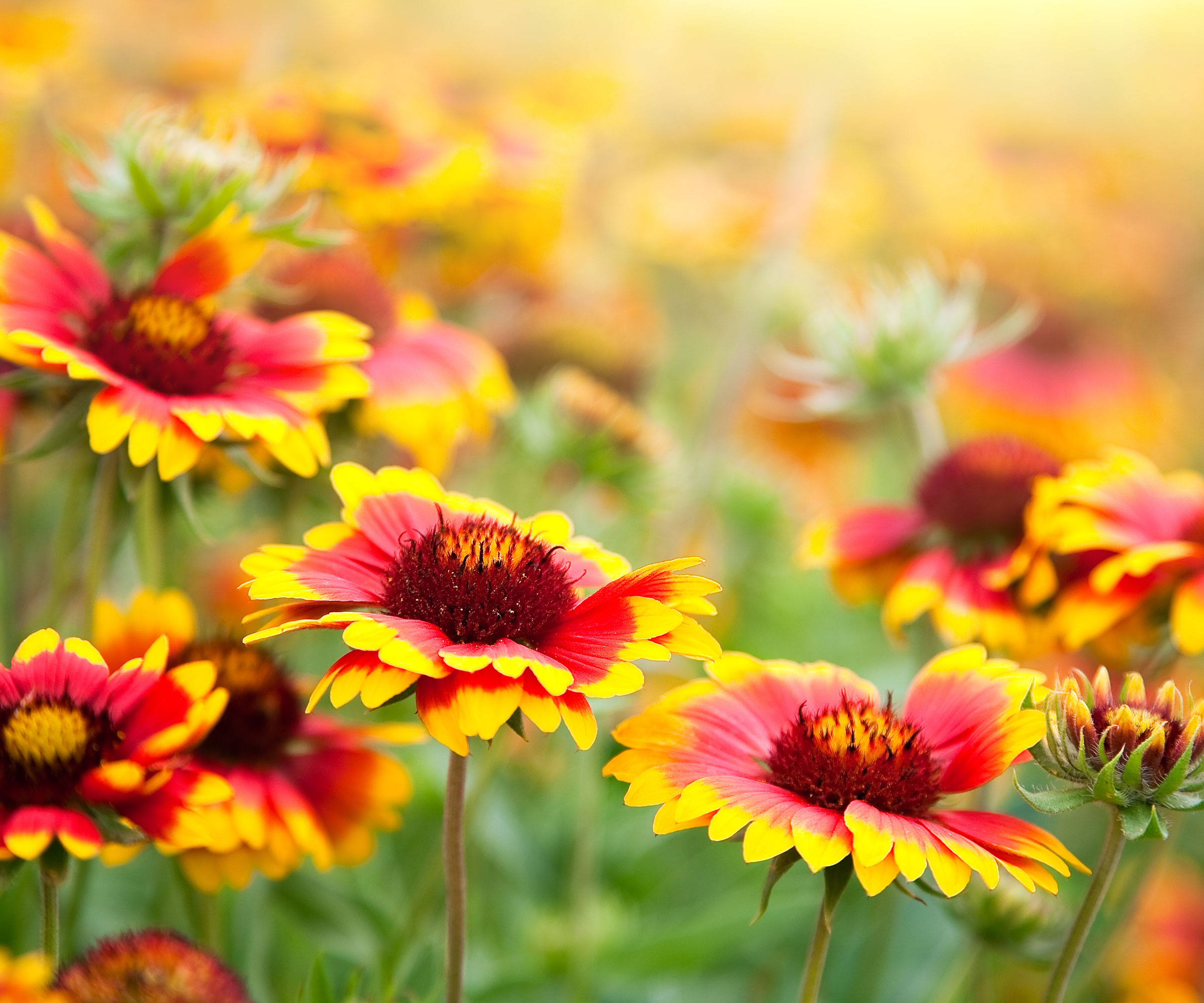
Gaillardia, known as blanket flower, is a showy perennial for a flower border and one of the fastest growing flowers to plant in spring. Plants produce large blooms in bright shades of orange, red, yellow, and white, and can bloom for a long period through summer and fall.
Seeds can be sown indoors in May and germinated on a windowsill or in a cold frame. If you sow seeds indoors, just don’t cover the seeds as they need light. Alternatively, sow seeds directly into the flower bed. It couldn’t be easier, just scatter the seeds on the surface and keep them moist for good germination.
As well as giving a dramatic flowering display, gaillardia is also a drought-tolerant flowering perennial once established, and plants will continue to produce blooms even without regular deadheading.
Discover the range of gaillardia seeds at Amazon
Discover the range of gaillardia seeds at Walmart
Discover the range of gaillardia seeds at True Leaf Market
6. Lupines

Lupines are much-loved cottage garden plants for their dazzling flower spikes in late spring and early summer.
Perennial lupines can be sown in late spring to flower next year, though seeds will grow in various colors rather than come true to one plant. If you want a specific variety, propagate lupines from cuttings rather than seed.
It is best to soak seeds before planting, as lupine seeds are tough, or scarify seeds by nicking them, which helps with germination. Also, sow seeds outdoors directly into their growing position, as lupines have taproots not ideal for transplanting seedlings. Plant them a half-inch deep, covered with a thin layer of compost and keep the soil moist.
Discover the range of lupine seeds at Amazon
Discover the range of lupine seeds at Walmart
Discover the range of lupine seeds at True Leaf Market
7. Sneezeweed
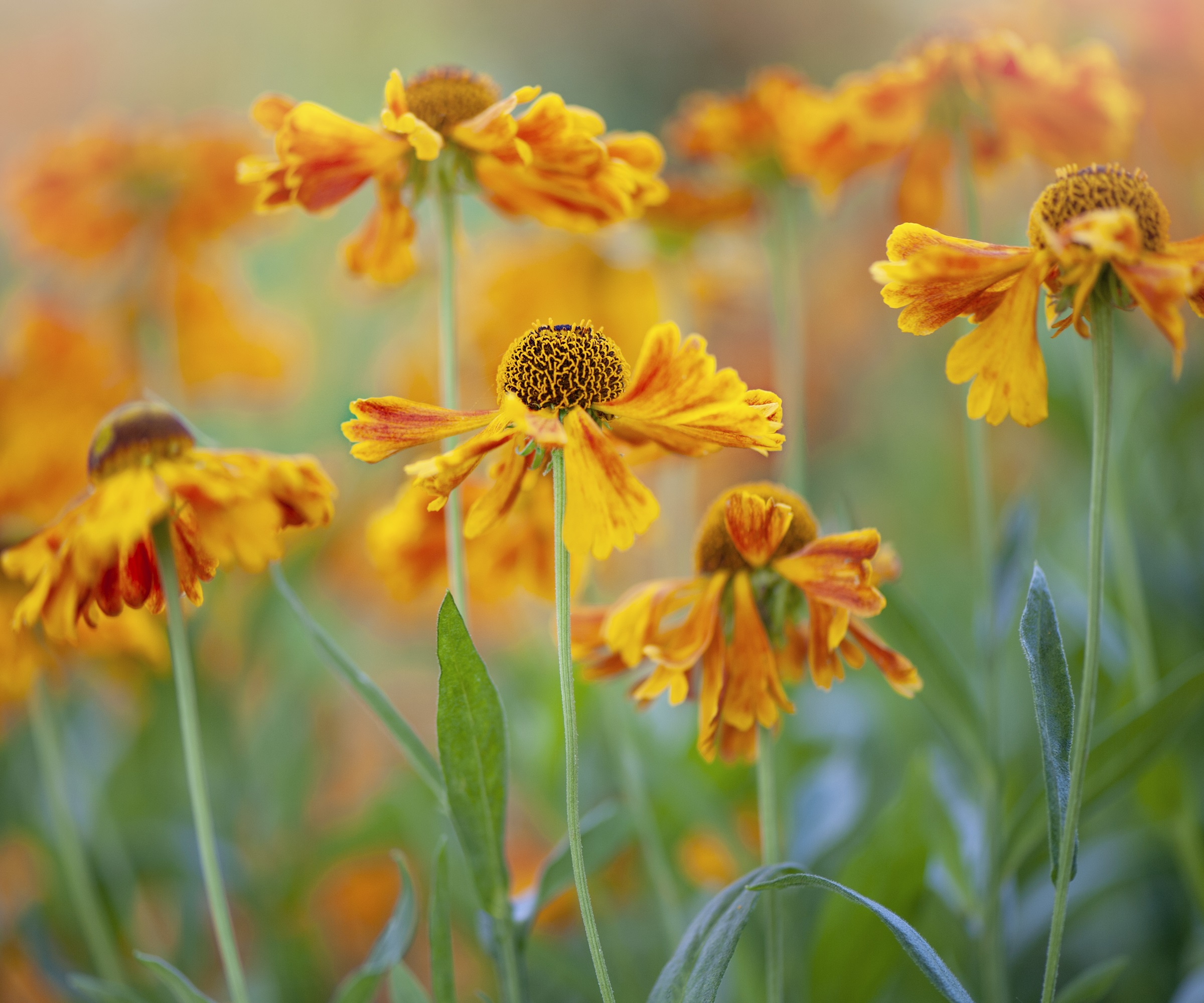
Sneezeweed, or helenium, is one of the best fall-flowering perennials to introduce warming late-season tones of orange, red, or yellow to flower beds. They are fast-growing and tall perennials that can start flowering in the first year from sowing.
It is best to start seeds indoors in May, sowing seeds onto the surface of seed compost and covering with only a thin layer of more compost or vermiculite. Germinate in a cold frame or on a windowsill at temperatures of 55-60°F and transplant seedlings once they are a few inches tall.
Space plants at least 12 inches apart in flower beds and keep those fingers crossed for flowers to appear in August or September.
See the range of sneezeweed seeds at Amazon
See the range of sneezeweed seeds at Walmart
Shop perennials to plant in May
On top of making long-term plans and thinking about perennials to plant in May for future years, you can also add lots of color and texture by sowing annuals this month. These guides to annual flowers to plant in May and climbers to plant in May showcase a great selection of plants to sow over the coming weeks for glorious summer displays in borders or pots.
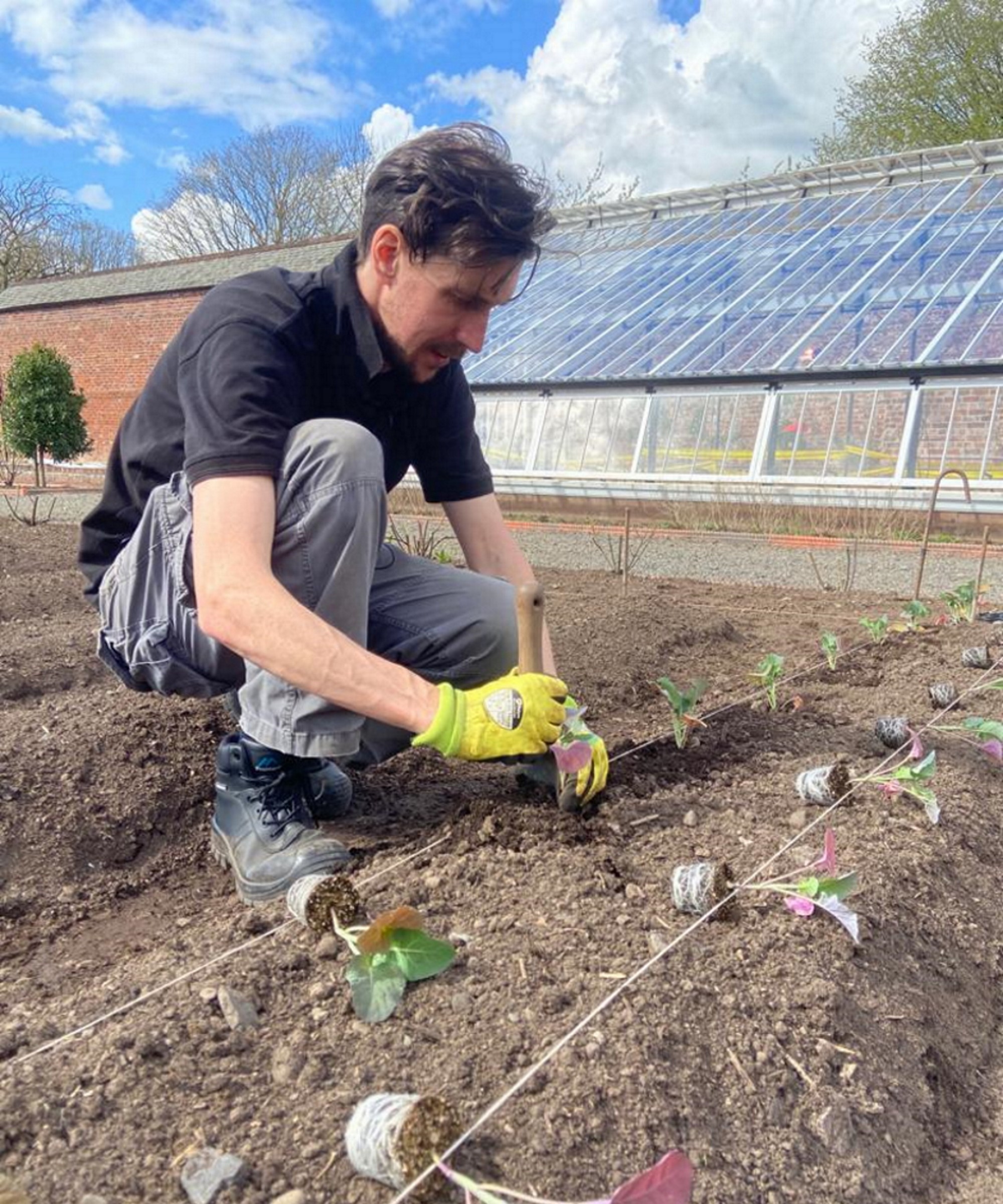
Drew has worked as a writer since 2008 and was also a professional gardener for many years. As a trained horticulturist, he worked in prestigious historic gardens, including Hanbury Hall and the world-famous Hidcote Manor Garden. He also spent time as a specialist kitchen gardener at Soho Farmhouse and Netherby Hall, where he grew vegetables, fruit, herbs, and cut flowers for restaurants. Drew has written for numerous print and online publications and is an allotment holder and garden blogger. He is shortlisted for the Digital Gardening Writer of the Year at the 2025 Garden Media Guild Awards.
You must confirm your public display name before commenting
Please logout and then login again, you will then be prompted to enter your display name.
